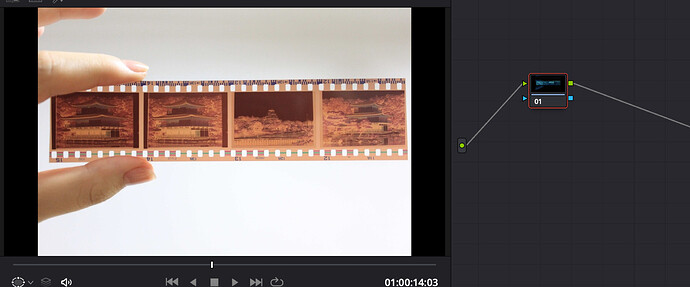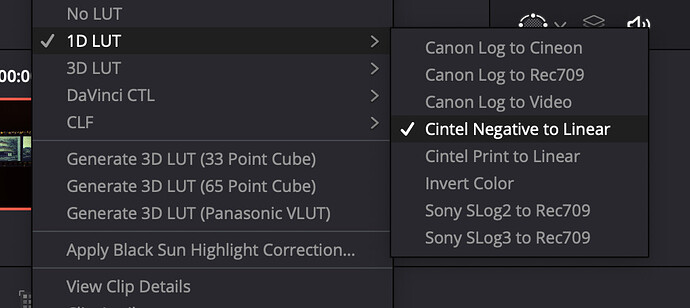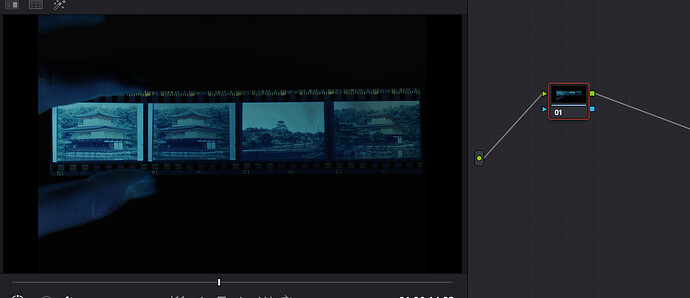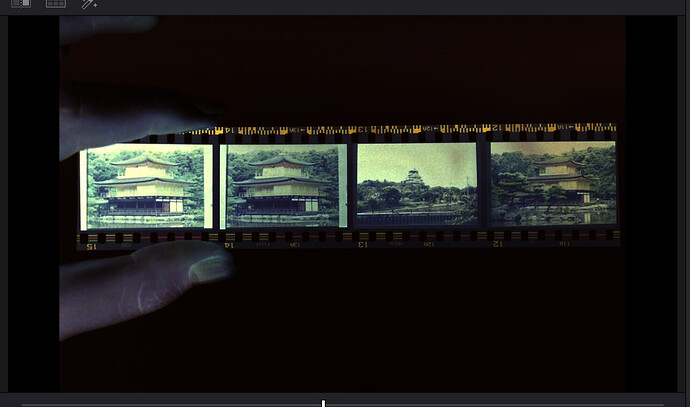Let me add a few comments from my experience: negative film stock is very different from color reversal material. The reason is the different usage of these materials: negatives are simply intermediates, while positives are used for presenting/projecting the material.
So a color reversal film will have very dark shadows. The proper exposure for this type of material is to expose to the highlights of a scene - they should be just at the brink of burning out. If they burn out, everything is lost in these highlights. On the other hand, during scanning, even in grossly underexposed image areas some scene detail can be recovered, if needed.
With a perfect exposure setting on color reversal film, the difference of the amount of light passing through dark image areas versus the amount of light passing through bright images areas is immense. This ensures an optimal viewer experience during projection.
In contrast, negative material is nearly always used as an intermediate. The proper way to expose negative material is to make sure that the shadows are correctly exposed. A too short exposure will simply not record any detail in the shadows. On the other hand, even severly overexposed highlights can be (sort of) recovered while scanning negative film stock by an appropriate increase of exposure during scanning.
Because negative film stock is never intented to be viewed, the contrast between dark and bright image areas is usually engineered to be rather dull. This ensures some headway and possibliities for correction in intermediate processing steps (think of the many copy operations involved in the optical printers used during the production of the first Star Wars movie, for example).
So, while scanning color reversal film stock requires a huge dynamic range of the scanning unit, with negative film stock you need to record a much shallower dynamical range. If you do not take this into account, you will just throw away some valuable bits of the dynamic range of your camera when scanning negatives.
Summarizing, a scanner optimized for scanning color reversal stock will show a sub-optimal performance when used for scanning negatives. Such a scanner will lack resolution in the shallow range of film densities a typical negative displays.
A scanner optimized for scanning negative material will show a substandard performance when used for scanning color reversal material. Such a scanner will be overwelmed by the strong contrast of the film stock



